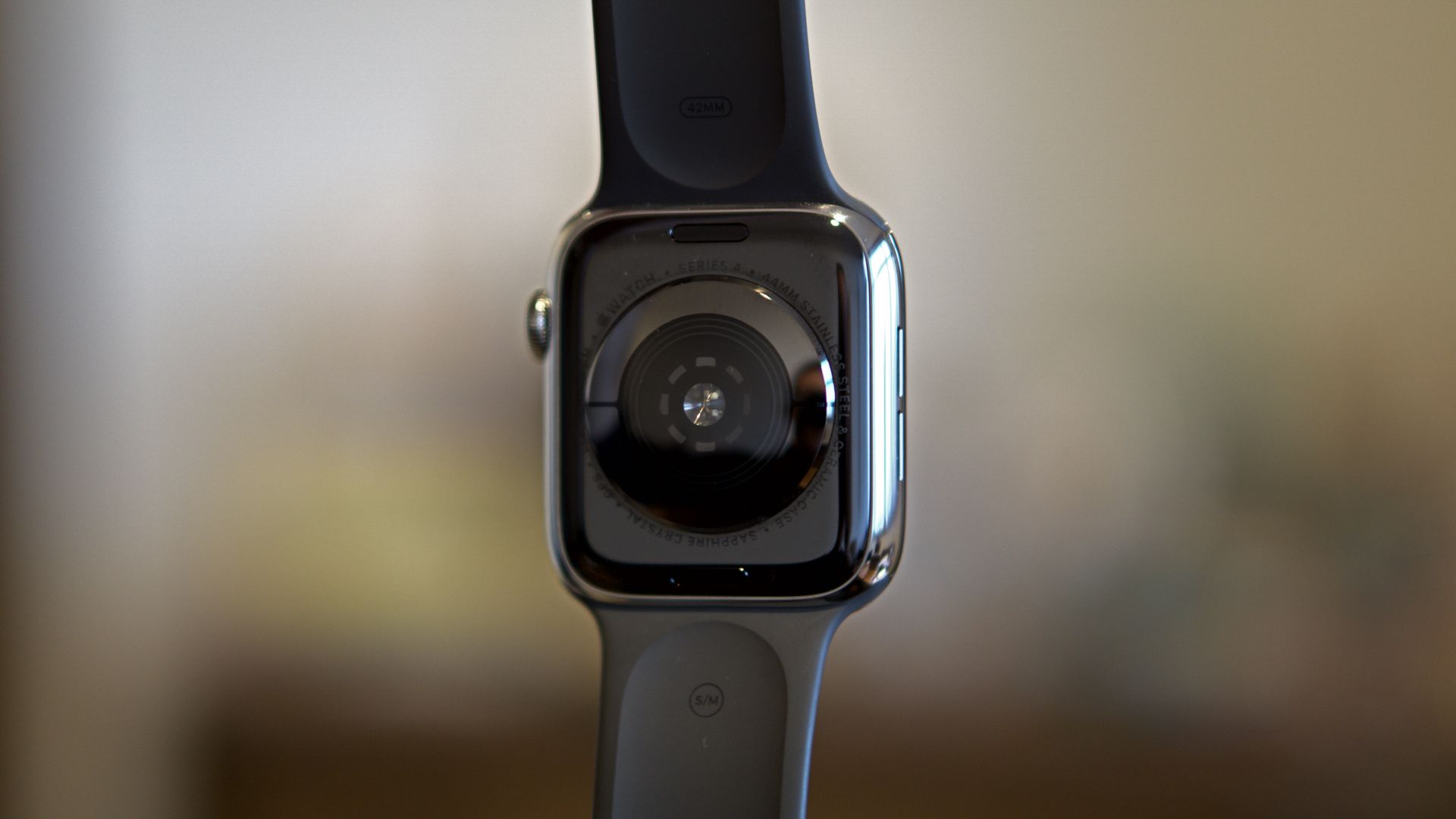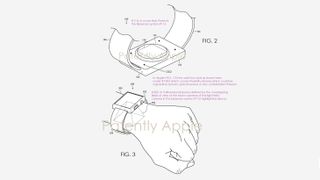APPLE

New brand smartwatch is now theft proof
Apple Watch 5 - or the next Apple Watch after that - could feature a new security system which scans your wrist for patterns in your veins, bones, or pigmentation that are unique to your fingerprint. The advanced bio-authentication, which is designed to work in conjunction with Face ID, was recently discovered by Patently Apple in, not surprisingly, the patent filing.
According to said patent, the brand-new 'Wrist ID' system, as we have decided to call it, would see the light field camera installed at the bottom of the Apple Watch. This would construct an image of different layers of your wrist, recording a unique set of patterns.
The reference points could include hair follicles, a vascular pattern, a vein pattern, an artery pattern, a blood perfusion pattern in your skin, a blood perfusion pattern in your tendons, a tendon pattern, a connective tissue pattern, a skin pigmentation pattern , a pore pattern, or a bone shape pattern.
These would be measured using a bio-authentication enrollment process, similar to setting up Touch or Face ID.

The patent states, "the present technology can be configured to allow users to optionally bypass biometric authentication steps by providing secure information such as passwords, personal identification numbers (PINs), touch gestures, or other authentication methods, alone or in combination."
This could suggest that the system could be inaccurate or slow, as was the case with early fingerprint readers. Or PIN / password authentication could just be for backup in the event of an injury to your wrist that leaves you wearing a cast.
Interestingly, Apple always insisted that its fingerprint ID system would not work if you were dead, or someone amputated your finger in order to hack your iPhone. Sadly we were never able to test this. But while there is no specific word here on whether you need to be alive for Wrist ID to work, given the inclusion of a pulse meter and ECG on the Apple Watch, we assume this will be the case. The patent application was originally filed in the third quarter of 2018 in the U.S. Patent Office. As ever with patents, it's entirely possible this will never see either the light of day, or the back of your wrist. S. Hart

No comments:
Post a Comment